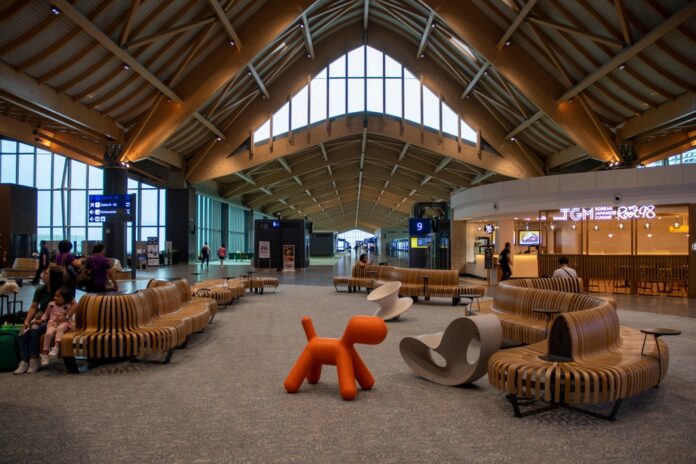Cebu Pacific announced a significant milestone on Wednesday, saying that it transported over one million passengers to and from Clark International Airport in 2024—a 36 percent increase compared to the previous year. This surge in passenger traffic highlights the growing demand for affordable air travel, particularly from Central and Northern Luzon such as Bulacan, Pampanga, Tarlac, Pangasinan, and beyond.
The airline’s performance highlights its strategic investment in expanding capacity at Clark, with the average monthly seat count rising by 102 percent in December 2024, reaching 161,000 seats compared to just 79,000 in January. The increase in flight frequencies was equally notable, with the number of flights nearly doubling from 441 in January to 872 by December.
Candice Iyog, Cebu Pacific’s chief marketing and customer experience officer, emphasized that the airline’s growth at Clark reflects its commitment to improving accessibility for travelers from northern Luzon. “We are delighted by the strong growth we achieved in 2024, which highlights the growing demand for accessible air travel among our passengers from Central and Northern Luzon,” she said. “Cebu Pacific remains steadfast in its commitment to offering affordable and convenient flights, ensuring we meet the evolving needs of our customers.”
Cebu Pacific services 11 domestic and international routes from Clark, further bolstering its presence in the region.
While the airline reported a 33 percent drop in net income to P3.4 billion for the first nine months of 2024—driven in part by rising costs—Cebu Pacific’s overall performance remained strong. Revenue for the period rose by 11 percent to P74.5 billion, supported by a 13 percent year-on-year increase in passenger traffic, with a total of 17.5 million passengers flown. The airline’s seat load factor also saw a healthy average of 84.9 percent during this period.
Cebu Pacific continues to be a key player in the regional travel market, offering flights to 35 domestic and 26 international destinations across Asia, Australia, and the Middle East.







